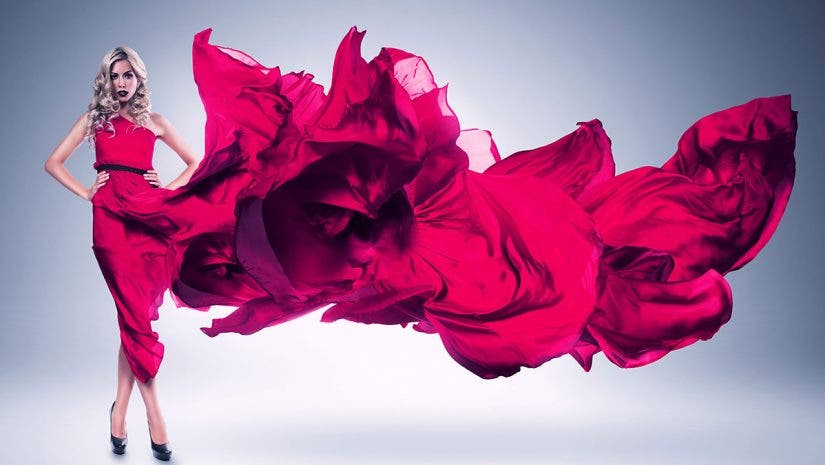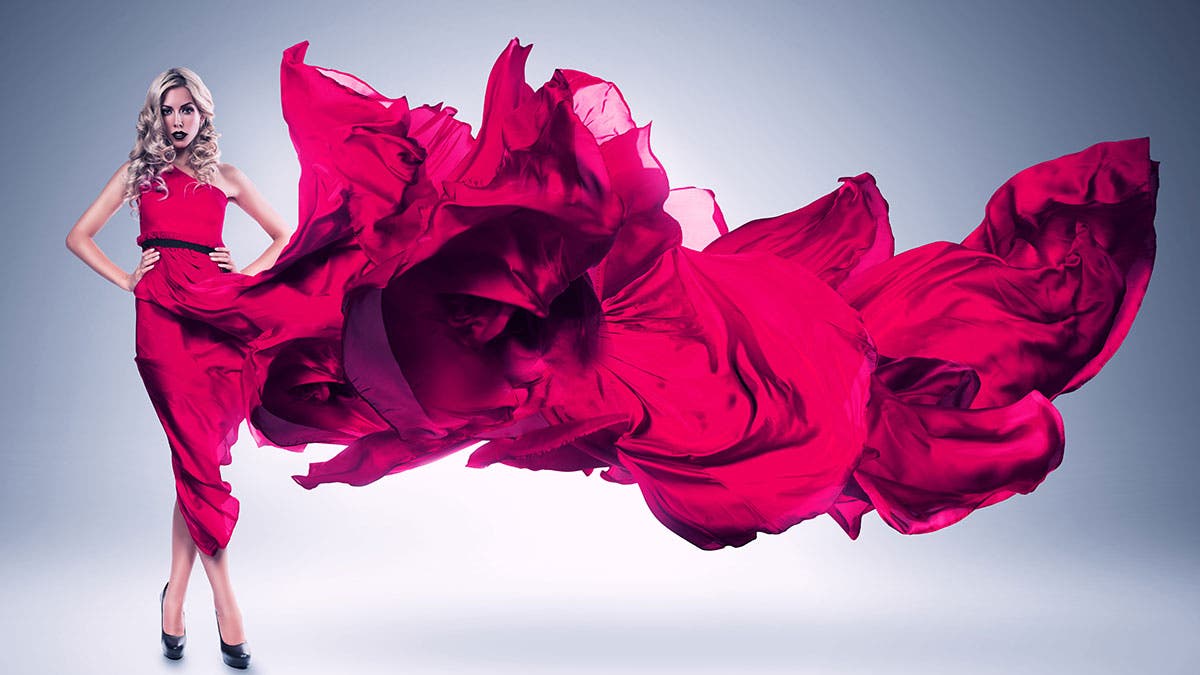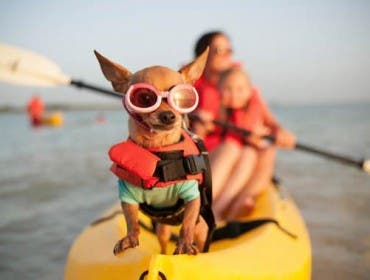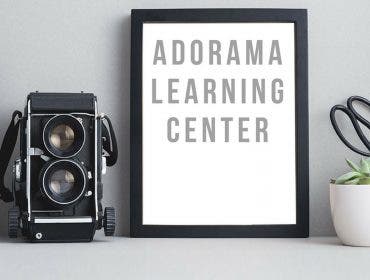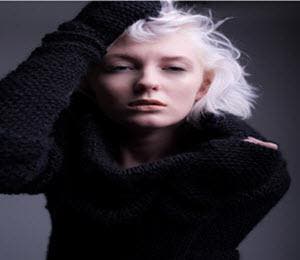
In celebration of the Fall segment of New York Fashion Week 2014, which runs from September 4-11, we interviewed three more professional fashion photographers for our second and final installment on fashion photography to provide a clear picture of what it’s like to be a fashion photographer, as well as some cogent hints and tips for those considering entering this glamorous, but challenging field. New York Fashion Week (NYFW) is a really big deal, and its scale and economics are staggering. There will be over 50 runway shows and the production costs for lighting alone at one of the Lincoln Center shows can easily top $100k. The total cost for just one of these extravaganzas can easily top $1M, which breaks down to about $1,750 a second! According to the New York City Economic Development Corporation, NYFW rakes in about $850M for the city, double the amount for the Super Bowl. Fashion Week events will be held all over New York City and you may rest assured that the world’s top fashion designers and scads of celebrities will be there, along with a profusion of fashion fans, aspiring fashionistas, and, of course, hordes of photographers.
With her mother as her first business partner, Lindsay Adler began shooting professionally at the age of 15, or about half her life (she’s now 29). She has since established herself as one of the leading fashion photographers in the city and works out of her studio in the Chelsea section of Manhattan. “It took me a long time to get into fashion,” Lindsay recalls, “and I explored many different genres, including nature photography with my family, shooting senior portraits in high school to make money, and eventually branching out into shooting weddings. What really inspired my transition to fashion was taking a fashion photography course in college and being exposed to some of the most exquisite photography I had ever seen. For about two years afterward I ran a portrait business in upstate Binghamton, New York, traveling to New York City frequently to build a network of fashion photography connections. Eventually I had enough contacts and a clear concept of what was needed to put on a successful fashion shoot, and in 2009 I moved to New York City and opened my studio, where I specialize in fashion photography and fashion-style portraiture.
Fortunately, I also have a talent for marketing so when I moved to New York I not only made extensive connections in the fashion world, but also in fashion photography education. As a result I teach all over the world at many major platforms, including, in the USA at WPPI, Photo Plus, Photoshop World, and I also give one-off classes at universities.” Lindsay Adler’s editorials and images have appeared in numerous fashion and photography publications including Noise, Marie Claire, Bullett Magazine, Zink Magazine, Rangefinder, Professional Photographer, and her pictures have been used in countless ad campaigns, TV promos, and on billboards. She is the author of four books on photography and is always working on new ways to share her passion and knowledge with others.
“I think what defines my style is that it’s clean, bold, and graphic,” says Lindsay. “It’s not casual, and it’s not rigid, but it is structured, and it’s graphic and bold in the sense of being colorful and high contrast. In other words, it’s arresting and eye-catching, not subtle—it kind of grabs you by the eyeballs. I shoot women primarily unless I have specific clients that want me to shoot men. My male partner specializes in shooting men and when people approach me for that kind of assignment I recommend him. My clients include Marie Claire, Essence, and InStyle magazines, and my book publisher is Peachpit, a division of Pearson Publishing. I’ve also been included in a number of online lists of ‘people under 30 to watch.’”
Lindsay’s Advice for up-and-coming fashion shooters:
“My primary suggestion for emerging fashion photographers is to bring together a strong team,” says Lindsay, “because it’s your creative team that makes you successful. That team should include hair stylists, makeup, and wardrobe people that have a good synergy, a genuine team spirit, and can work together harmoniously. Another important thing to remember is that rejection is part of your career—don’t take it personally, try to learn something from it, and move forward. Finally, you need to get hands-on experience. In fashion photography in particular there’s nothing like working on a fashion set to learn what fashion photography is all about. If you can sign on as an assistant pick a photographer that you admire both for their work and their business practices because those two things together are what makes a successful photographer. Even if you start out just running errands or moving equipment, you will learn something and eventually move up. And whatever you to, keep on shooting.”

Equipment for Fashion Photography
“Personally I shoot with a Canon 5D Mark III, a 50mm f/1.4 and 85mm f/1.4 Sigma EX DG HSM prime lenses and a 70-200mm f/2.8 zoom. I also rely on a Profoto B1 portable studio flash, Phottix Mitros +, and some additional Profoto lighting equipment. I also use and recommend the Passport Color Checker for checking color balance, and the new Sekonic Touchscreen meter. I suggest that those starting out in fashion photography get a full-frame DSLR, and if you want to keep costs down Sigma single-focal-length (prime) and zoom lenses provide impressive image quality and represent an excellent value. Also, by all means get yourself a Beauty Dish light modifier.”
“What I find most fulfilling about being a fashion photographer is that there aren’t really any rules,” Lindsay observes. “Whatever beauty I envision I can create. Yes, there’s an appropriate place for all forms of photography, but in college, I realized that for me fashion photography was the place I had to be. Yes, it can be glamorous all right—just remember that it’s also a heck of a lot of hard work!”

A fashion and portrait photographer based in the Albany, NY area, Will LeBlanc has been shooting professionally for about 10 years. A photo enthusiast for many years, he began shooting pictures of his own kids, then branching out shooting child portraits for clients and moving into wedding photography. Over the past few years Will has established relationships with local models, hair stylists, and makeup people, honed his fashion shooting skills by working with like-minded creative people, and taking online courses including one run by Bryan Peterson, to expand his creative options and enhance his mastery of lighting.
“I operate in a smaller market here in the Albany area,” says Will, “and one of the things that got me connected was contacting a woman that had an online fashion boutique. I did a few shoots for her and that really got me going. Now I’m creating fashion images for Fancy Schmancy Couture in Loudenville near Albany, showing off their dresses and creating a fashion image for the store. The owner is a dynamic person who has the ability to attract workers that do much of the modeling for her, plus I get contacted by women in the area that want to be models. I also reach out to people I find online if they fit the look. The company features a diverse line that ranges from casual wear, to more formal cocktail dresses and evening wear, all the way up to wedding gowns. We strive to create an “everyday girl look” rather than make a “high fashion” statement. It’s something ordinary people can relate to, and we try to incorporate both dramatic lighting and natural lighting depending on the dress.”
Will’s advice for up-and-coming fashion shooters:
“My advice for breaking into fashion locally is to reach out to local businesses such as clothing stores and collaborate with them to create images in keeping with what they’re selling and their company’s image,” says Will. “It’s also a good idea to reach out to modeling websites, as well as hair and makeup people via local contacts or by doing an online search of professionals in your area. Put yourself out there, keep shooting, build a portfolio, and create a team of support people you can depend on so you can achieve the best quality possible in what you show potential clients.”

Equipment for Fashion Photography
“The camera I use for fashion photography is an APS-C-format Canon EOS 7D,” notes Will, “and my go-to lens is a 24-105mm Canon f/4L, which is a great in the studio and also very effective when shooting on location. I also have a Sigma EX 50mm f/1.4, a good, fast, low-light lens for capturing scenes and full-body shots. Depending on what I’m trying to do with the picture, I shoot at wide or moderate apertures to achieve very shallow depth of field to make the subject pop off the background, or to get more expansive depth of field when I want everything in focus. I also use a Sigma 70-200mm f/2.8 and shoot it mostly at wide apertures for dramatic pictorial effects. My main flash units are a pair of Canon EX-580 IIs.”
“Depending on preference and budget, my suggestion for an emerging fashion shooter is to get either a full-frame or APS-C-forma DSLR,” concludes Will. Most people won’t notice much difference in image quality between the two formats, and APS-C provides greater shooting flexibility, especially at the telephoto end. Lenses make more of a difference than the camera, so go for the best glass because that will really enhance your images. If you get a wide-angle-to-moderate-telephoto zoom, plus a fast 50mm and 85mm, you can’t go wrong. For zooms I favor a 24-70mm f/2.8 or a 24-105mm f/4 and a 70-200mm f/2.8 that I rely on for on-location shots, but is also great for shooting close-ups in the studio.”
“As for my own fashion photography career, I’ve been getting a steady stream of assignments in the field,” says Will. “I’m on tap to shoot the Fall and Winter lines for the dress shop. I’ve also been thinking of incorporating fashion elements such as more dramatic lighting and closer attention to apparel and hairstyle into my wedding images and senior portraits that still comprise an important part of my business. For the last couple of years I’ve been attending workshops to learn different techniques of lighting and interacting with models to stay on top of what’s happening. It’s a constant learning process and if you stop learning you will stagnate. Education is a huge part of being a successful fashion photographer and it’s essential. What attracts me to fashion photography is the creativity of it, and the fact that it’s always changing and never gets stale. I enjoy working with creative people like makeup artists, hair stylistsd and wardrobe people and coming up with innovative and dynamic concepts. It a fun collaboration and it’s always fresh.”

Now 31, Will Cadena has been involved with fashion photography since he was 13 and is an acclaimed pro based in New York and Long Island City, NY. As a teenager, he assisted those in charge of lighting setups as a “double light guy,” holding up lights on a monopod at their direction. He’s been shooting on his own for the past nine years, and began taking pictures for fashion and ad campaigns during the film days. Two of his uncles are experienced pro photographers, and he’s learned a lot by interacting with both of them, supplementing his photographic education by working with other photographers and attending seminars. Today he’s a highly successful and sought-after professional fashion photographer with a client list that includes such household names as Omega watches, Anne Cole Collection, Nike Soccer, Heinekin, Exxon-Mobil, Sunoco, British Sterling, and Leonisa: Lingerie for Women. His dynamic images have appeared in countless publications including the NY Times Magazine, People, Esquire, and NY Daily News, and on Fox 5 news.
“I do some studio work,” says Will, “but what I really love is shooting on location. I always try to capture something that’s very distinctive and different whether I’m shooting on a city street or up in the mountains. It can be challenging, especially the lighting part, but I pride myself on being able to create something authentic and real straight out of the camera with no retouching, which also helps me to provide a quick turnaround. When you’re shooting, say, in front of the Brooklyn Bridge with the city skyline behind it, you really get a sense of space and a feeling for where you are, and that takes the image to a different level than a studio gray or white background that’s typical of commercial fashion and editorial photography. Some people have called my images surreal but they’re really hyper-real in the sense that they are firmly based in visual reality, but are presented at an elevated level. Unlike most fashion photographers I don’t Photoshop my images.”
Will’s advice for emerging fashion photographers:
“The first things I’d say to an up-and-coming fashion photographer is to keep on shooting no matter what and do a lot of research on the Internet. Do whatever you can to be hired in any capacity, even being a gofer, bringing coffee, or holding the light stand. Be humble and volunteer a lot so you can get yourself into the environment, see what’s happening, and figure out where you might fit in. Attend seminars at WPPI, always look forward to the next level, and remember that there’s always something else to learn. What I love about this kind of photography is that it’s always changing, just like the technology itself. Stay abreast of what’s happening, keep shooting and seriously evaluating the results, and constantly come up with ways to improve it and you won’t go wrong. Finally, shooting on the money means knowing your exposures, and knowing your camera like the back of your hand so you can make instant adjustments on the fly.”
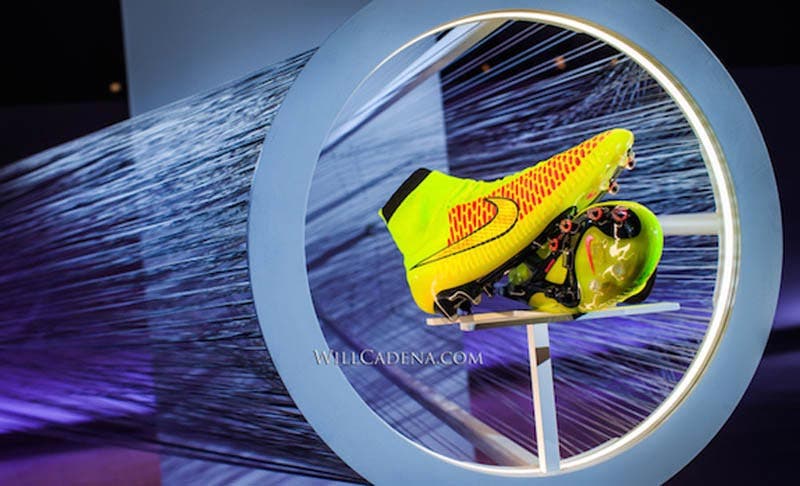
Equipment for Fashion Photography
“Personally I rely on a comprehensive high-end Canon full-frame DSLR arsenal,” notes Will. “I’ve got three Canon 1DXs, 3 5D Mark IIIs and nine high-speed Canon lenses ranging from a 16-35mm f/2.8L II to a 70-200mm f/2.8L II, including six high-speed Canon prime lenses ranging from a 35mm f/1.4L to a 200mm f/2.0. You don’t need all that firepower to start out with, and a good place to begin would be a full-frame Canon 5D Mark III complemented with a Canon 24-70mm F/2.8L or a 24-105mm f/4L, plus, if you can afford it, an 85mm f/1.2L II. A good substitute for the 85mm would be a Canon 100mm f/2.8 Macro IS USM that can double as a portrait or a close-up lens. Having a backup camera is also essential, and a mid-range APS-C-format camera like a Canon EOS 7D would be a good choice. Some fashion shooters use a high-performance point-and-shoot like a Canon G16 as a backup.”
“What I find especially fulfilling and creative about fashion photography is how it inspires everyone to embrace an enhanced level of personal expression,” Will observes. “For example, today, fashion photography is inspiring most brides to select their wardrobes as a personal statement about themselves and who they are, taking it well beyond the traditional wedding-cake image. Fashion gets people out of their comfort zone and it’s a form of creative self-expression. It’s a gorgeous thing, and there are so many amazing photographers out there that capture it in compelling ways. There’s meaning behind these images, and a range of responses and interpretations—just like an image in National Geographic!”
“Developing a signature look and style that’s identifiable is one of the key elements in becoming a successful fashion photographer,” concludes Will, “and trial and error is an important part of it. For that time-honored technique to be successful you’ve got to become very good at critiquing and analyzing your work. I’m very hard on myself and I’m always looking for ways to make it better. You can never make the same shot twice—there’s always something different-but the goal is creating a signature image that doesn’t have to have a credit line for people to know who took it. Part of that process is having a vision of what you want beforehand and crating it as you shoot. Once I’m on location and start shooting, in five minutes I’m in my creative zone and I need to work without interruption. Yes, I get what the client wants, but the images that really satisfy are the ones that work for me personally. To succeed in this business you have to be passionate about what you do, to love photography, and to love people.”
Thank you to all of the wonderful photographers that allowed us to showcase their images with permission.
